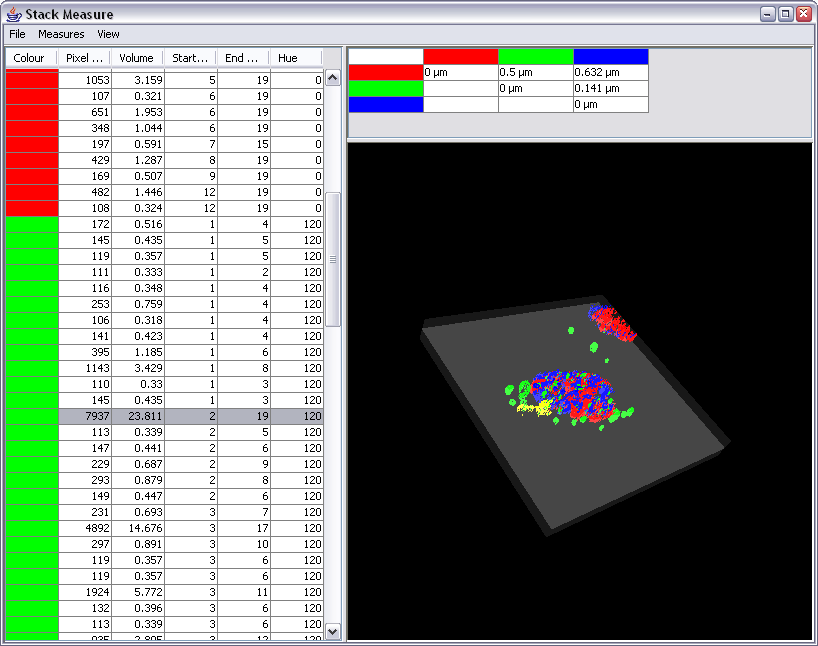

This includes pixel-based and object-based co-localization analysis methods. īiology has long relied on co-localization analysis in order to quantify the spatial distribution of one set of objects with respect to another one. Significant deviations from spatial randomness are indicative of interactions (of some sort) between the objects, as formalized in the framework of spatial interaction analysis. This for example allows testing whether the distribution of a set of objects is significantly different from random, or whether the objects in one set are distributed independently of the objects in another set. The mathematical framework of spatial statistics allows quantifying and analyzing such patterns, comparing them with each other, and performing statistical tests on them. This ranges from spatial patterns of sub-cellular structures or proteins, to the spatial patterns formed by cells in tissues, to spatial patterns of organisms in ecosystems. The spatial arrangement of objects relative to each other is a rich source of phenotypic information.
#Imagej plugins software
We present a software plugin to analyze and quantify spatial patterns of objects in images using the free open-source image-processing platform ImageJ or its distribution Fiji. The presented showcases illustrate the usage of the software. The present software greatly simplifies spatial interaction analysis for point patterns, and makes it available to the large user community of ImageJ and Fiji.

We benchmark and demonstrate the present software using examples from confocal and PALM single-molecule microscopy.

The plugin detects objects in images, infers the interaction potential that is most likely to explain the observed pattern, and provides statistical tests for whether an inferred interaction is significant given the number of objects detected in the images and the size of the space within which they can distribute. We present an ImageJ/Fiji plugin that implements the complete workflow of spatial pattern and interaction analysis for spot-like objects. However, no user-friendly software for this type of analysis was available so far. This can be used to generalize co-localization analysis to spatial interaction analysis. Spatial correlations in their distributions are indicative of interactions and can be modeled by an effective interaction potential acting between the points of the two sets. If they do not “feel” each other’s presence, their spatial distributions are expected to be independent of one another. The relative arrangement of a set of objects with respect to another set of objects contains information about potential interactions between the two sets of objects. Analyzing spatial distributions of objects in images is a fundamental task in many biological studies.


 0 kommentar(er)
0 kommentar(er)
